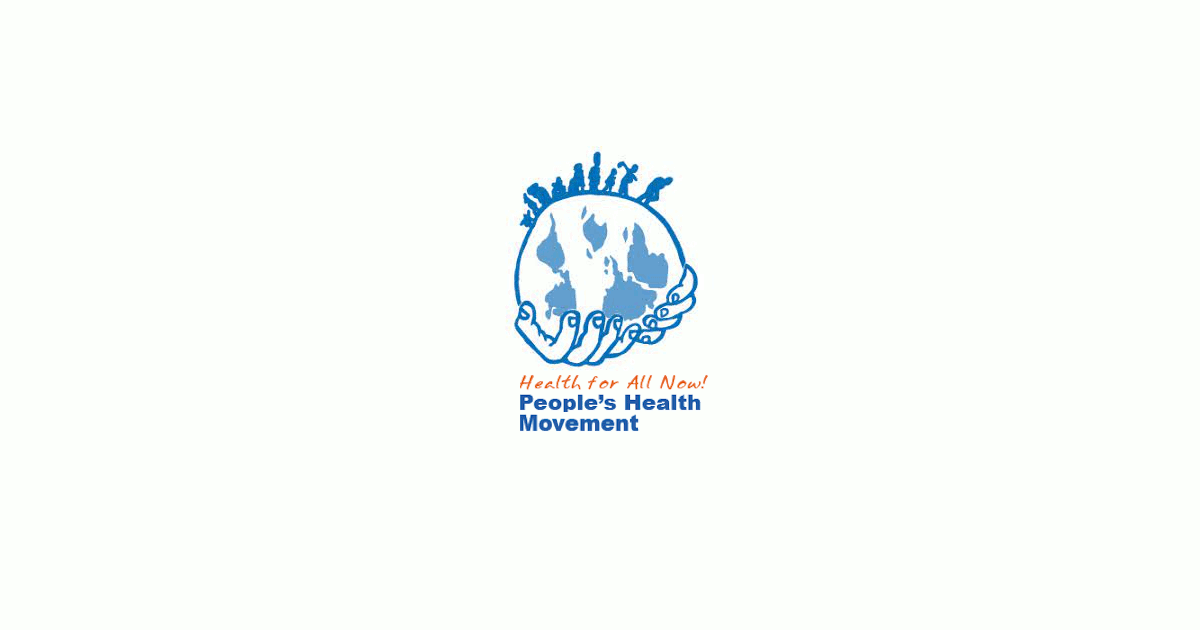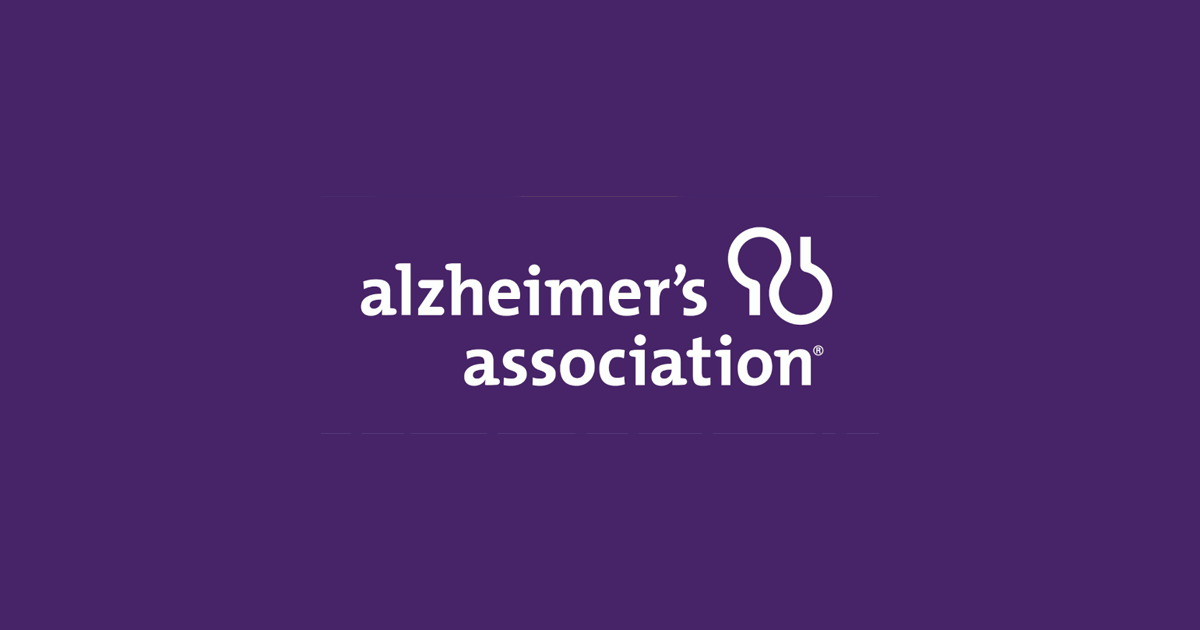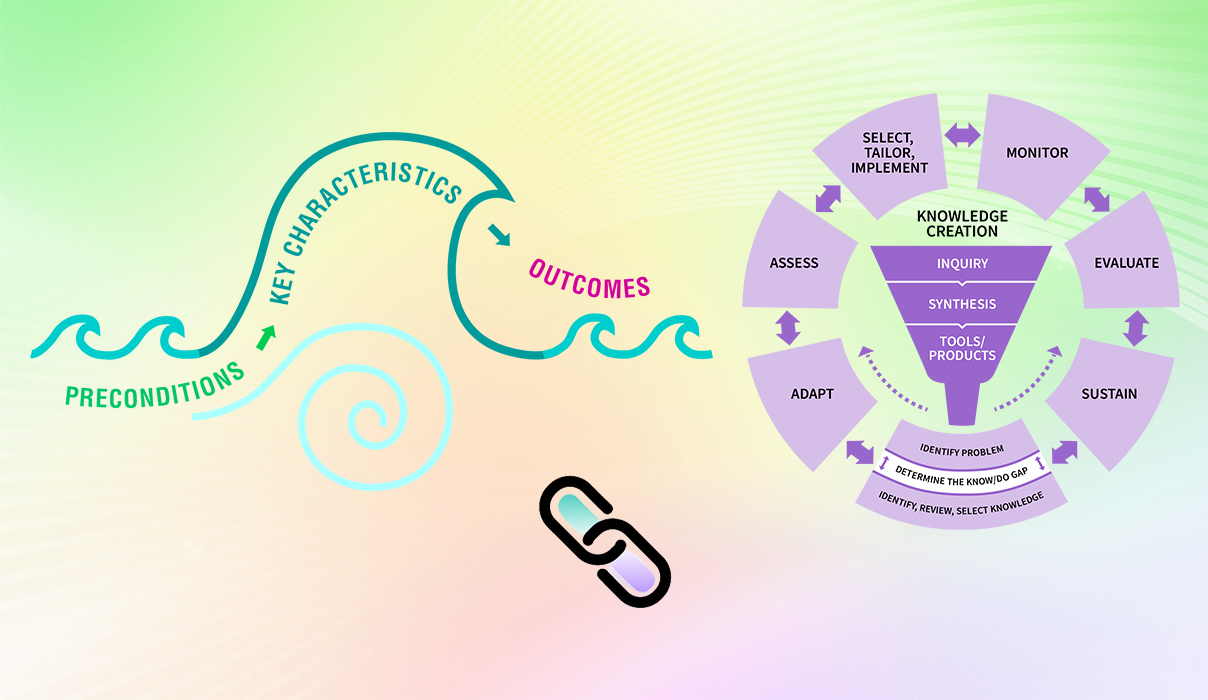Goals and outcomes are met
Index

What is this element?
Social movements may result in desired goals and outcomes being met partially or fully as a result of taking action. They can be partially or fully met and occur at the micro (individual), meso (organizational) and/or macro (system) levels. For example, goals and outcomes can pertain to a change in practice, behaviour, or attitudes, or the integration of a new intervention, program, or policy at an organizational or health system level.
Additional examples of achieved goals and outcomes include:
- integration of evidence-informed practices
- reform of social service models
- improved person/patient safety
- expanded knowledge of health disciplines
- adoption of change initiatives and promotion of legislation in health policies
SOURCES: Bate et al., 2004b; Carson-Stevens et al., 2013; De Pedro et al., 2017; Elsey, 1998; Wynn et al., 2011.
Why is this element important?
When the goals and outcomes of a social movement are met, change agents, change teams and others recognize the impact of individual and collective action and agency. They understand the role of values in relation to a shared concern or strongly desired change and how framing change as urgent and credible acts as a powerful driver for change.
Some social movements, when goals and outcomes are met, evolve from informal grassroots efforts to formalized and institutionalized changes. The services, norms, and practices that are changed become embedded in an organization, service, and/or broader society as a scaled-up, scaled-out, or scaled-deep change (Bate et al., 2004b, del Castillo et al., 2016; Herekchuk et al., 2010; Waring & Crompton, 2017; Grinspun et al., 2018a).
The goals of the social movement may move from being partially met to fully met. Yet, later on, goals can also reverse course calling attention to a reactivation of the social movement. Ebbing and flowing between fully and partially achieved goals is not uncommon.
This ebbing and flowing may be dependent on factors, such as:
- a resurgence of a need to meet the goals of a previous social movement due to an event or new mounting pressure for change
- a loss of momentum in change agents or teams caused by competing priorities
- a social movement that appears to be fully achieved, no longer needing individual and collective action.
Some social movements may undergo rapid expansion because of their success – but due to organizational strain, they may collapse into smaller niche groups with new goals and values.
- Other social movements dissolve because they have achieved success by reaching their goals. In the context of a change successfully scaled deep, the change is now widely accepted and standardized. In these cases, there is no longer a perceived need for the social movement.
- Change agents and change teams may re-orient towards new goals once old goals are achieved, which may spawn another wave of a social movement or a new social movement.
SOURCES: Christiansen, 2009; Herechuk et al., 2010; Waring & Crompton, 2017.
Case studies

Strengthening health systems: The experience of the National Health Forum in El Salvador (2009 - 2018)
The National Health Forum (NHF), a nationwide popular movement in El Salvador, played a central role in the development of the National Public Health System from 2009 to 2018 (León et al., 2020). It is part of a global movement that aims to build coalitions and networks. The People’s Health Movement (PHM) brought together grassroots health activists, civil society organizations and academic institutions from around the world to address the social, environmental, and economic determinants of health (Kapilashrami et al., 2016).
The NHF provides a strong example of community participation and exemplifies a social movement with fully achieved goals. Formally created in 2010, the NHF had three fundamental goals that were met via social movement actions:
- to build people’s power and strengthen the organizational fabric
- to stand against the idea that previous governments held of privatizing health care
- to stimulate and promote effective social participation in health
The NHF developed three community participation strategies that played a role in strengthening El Salvador’s national public health system. These strategies are: (1) building capacity among local community leaders to become effective decision-makers at all levels of the health-care system, (2) responding to and prioritizing the needs identified by the community for the sector-specific working groups, and (3) advocating for policies based on human rights.
“The NHF was born with high participation of different social movements, all united in the same direction. There were a series of problems, as they wanted to privatize health care […] The NHF was created when the health reform came into being. We, the NHF, are part of the reform” – NHF member

Advocating for change through the Alzheimer's Association
The Alzheimer’s Association (Alzheimer's Association | Alzheimer's Disease & Dementia Help) was founded in 1980 by a group of family care providers and individuals who supported the need for an organization dedicated to support the needs of caregivers facing Alzheimer’s and to advance knowledge through research. As early activists for the Alzheimer’s movement, they sought to break down the silence of Alzheimer’s and learn more about the disease, including prevention, treatment and a cure.
Through a people-led approach, the association reaches millions of people globally through a multi-pronged approach grounded in individual and collective action. Advocacy to give all persons living with Alzheimer’s access to the support services they need includes strategies such as launching awareness campaigns and grassroots campaigns to impact legislation.
With multiple chapters throughout North America and globally, the Alzheimer’s Association includes a network of advocates and allies. These include other Alzheimer’s organizations, universities engaged in research, corporations and pharmaceuticals. As an example of a civil society organization, the Alzheimer’s Association is a community-based non-profit organization that has protected and advocated for the needs and interests of persons and families living with Alzheimer’s for over 40 years.
Accelerate Your Success: The Knowledge-to-Action Framework’s “Evaluate outcomes” action cycle phase includes a discussion of types of measures such as indicators to determine if goals have been partially or fully achieved. This can be helpful for change agents to determine if additional actions are needed to fully reach goals and achieve the vision of the social movement.
Navigating common problems
Why do some social movements only achieve partial success, or struggle to sustain the change? Here are several contributory factors:
|
Barriers to achieving fully-met goals |
Suggested strategies to address the barrier |
|
A lack of planning and organizing beyond the initial steps to support the continued engagement of change agents in mobilized individual and collective action. |
Be aware as change agents that multiple rounds of individual and collective action are often needed to achieve change. As you plan for change, continually consider how to engage other individuals, groups and organizations and what additional steps can be taken.
|
|
Shifts in organizational priorities negatively impact the urgent or timely need for change. |
Remember that the foundation of any social movement is a shared concern or strongly desired change that requires urgent action for change. If the shared concern or desired change no longer has perceived credibility or urgency, change agents may need to reconsider the timing of the social movement as it will likely not gain a critical mass or momentum. Consider reframing the shared concern or desired change to see if this will revise its meaning and prioritization. If it is still unsuccessful, carefully reconsider the next steps and moving ahead. |
|
Burnout after taking individual and collective actions |
Be aware of the receptivity to change and the availability of energy for change. Be aware that following individual and collective action with high levels of energy expended that there will normally be lower energy to allow time for reflection and renewal. |
|
Insufficient resources to maintain momentum |
Use public visibility to boost awareness of the social movement and support recruitment efforts to build a critical mass. Tap into networks of people and resources to find and secure the needed resources. |
|
Reduced commitment and motivation of change agents and change teams, particularly in settings where they lack power or autonomy. |
Request a meeting with senior leadership team members to discuss effective elements of change teams including the need for autonomy. Re-establish the commitment to use a non-traditional approach to change like social movement actions. Discuss how staff can lead change with organizational support. |
|
Fractionalized change agents who have morphed into an interest group, versus continuing to engage in the original movement. |
Re-establish the priorities and goals of the social movement to determine the level of support by current change agents, change teams and others. Be accepting of the natural ebbs and flows of social movements and that a new social movement may be developing in response to revised or revamped shared concerns or desired changes. |
SOURCES: Bate et al., 2004b; Christiansen, 2009; del Castillo et al., 2016; Grinspun, 2018; Grinspun et al., 2018a; Grinspun et al., 2018b; Herekchuk et al., 2010; Land et al., 2013; Waring & Crompton, 2017.
Linking this outcome to other framework components

Linking this outcome to other elements of the Social Movement Action Framework:
Each of the elements of the Social Movement Action (SMA) Framework is dynamic and interrelated. For example, goals and outcomes are met are directly related to the key characteristic of individual and collective action. The degree of completion of goals is also reflected in the momentum sustained in the social movement and the development of a collective identity of those engaged in the change. The achievement of goals also relates to framing or how the shared concern or strongly desired change is positioned and whether it continues to be viewed by individuals as credible, important and urgent.
Linking this outcome to the action cycle phases of the Knowledge-to-Action Framework:
You and your change team’s capacity in social movement actions may be enhanced or accelerated by the addition of some of the action cycle phases of the Knowledge-to-Action (KTA) Framework, as the two frameworks are complementary. In addition to the linking example described earlier in this section, there can be many other points of connection between the two frameworks. Below are three examples for your consideration:
- Adapt knowledge to local context: Assessing the local context in which individual and collection action is carried out, the individuals, groups and/or organizations involved and the resources available can help you and your change team determine why the goals of your social movement are met fully and/or partially. Questions to ask: Why are some social movements successful but not others? Why do some practice changes become part of the workflow, while others do not make it to standard practice?
- Evaluate outcomes: This phase of the KTA Framework can guide you and your change team through your review and evaluation of your social movement. Questions to ask: Did your social movement achieve the intended outcomes you and your team had set out to achieve? The suggested tools in the KTA phase of evaluating outcomes can help you navigate these questions.
- Sustain knowledge use: This phase of the KTA Framework can help you with some approaches you can take to ensure that your goals are sustained for the long term. Question to ask: Goals may be reached, but how long can the changes that you led be sustained in your setting? You and your change team can consider ways to sustain the changes you initiated.
For more discussion about the dynamic links between the elements of the SMA Framework to one another and to the KTA Framework, see the section "Two complementary frameworks".

